The Historic New Orleans Collection has an incredible exhibit running now through January 19, 2005: Captive State: Louisiana and the Making of Mass Incarceration. This exhibition explores the history, practices and laws that led to (an continue to support) Louisiana’s position as incarceration capital of the world. Over the last few months, I have worked with the folks at HNOC and Megan Holt of One Book, One New Orleans to present a poetic reflection on the things we saw there.



After touring the event with a number of poets, we all retreated to our minds to try to make sense of the things that we had seen there, whether it be the Louisiana Constitution of 1898 stating its intent to advance white supremacy, the so called “Code Noir,” artifacts such as metal bunk beds, chains, opaque stainless steel mirrors using in prisons across the state today, to photographs of Angola’s hospice program and the incredible quilts created to raised funds for that work.

This visit culminated in Friday’s event for Words and Music: Poetic Reflections on the Captive State, which took place before a crown at the Andre Cailloux Center for Performing Arts and Cultural Justice. I’ve shared my opening remarks below, and First Drat, the online publication of the Historic New Orleans Collection, will feature some of these poems in March.
Opening Remarks
Sometimes poetry begins in silence, in a place outside of language. The first time I moved through the Captive state exhibit at HNOC I had no words at all. I wanted to run and hide. I couldn’t even think of what to write on a post it note in the reflective space that followed.
What does one say in response to the systemic racism and targeting of minorities–black and brown men especially–that have led to Louisiana’s position as the incarceration capital of the WORLD? How do we wake up and move through our days? It’s the same question you might ask of warfare or grief–how does the world go on while others are forgotten in the stifling dark? What are we building? We are enriched by constant displays of the creativity, humanity, and kindness of those impacted by the justice system. But where is OUR humanity?
I have no idea how Louisiana can even begin to answer this question, but I will say that my growing knowledge of so many different people and groups working for those impacted by the “justice” system gives me some sort of feeling. The easy word would be hope. And now I am turning it to the poets, because we are capable of dreaming and getting loud telling it how it is and listening is a good place to start.
There is no way to witness these images and artifacts that testify to the damage inflicted by mass incarceration and remain unchanged. Captive State: The Making of Mass Incarceration in Louisiana has been extended until February 16.



In addition to the work and vision of the people seen and named here, I am also ever grateful to the Academy of American Poets and the Mellon Foundation for funding this work with a Poet Laureate Fellowship.

